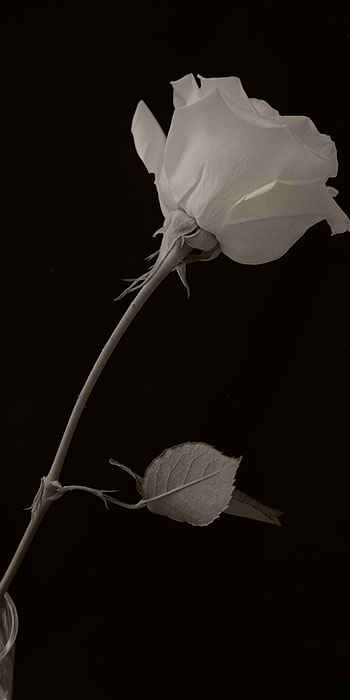In typical BTZS practice the discrepancy between what the dome measures and what the dial does with the measurement is resolved as follows.
1. If you base exposure on the meter reading taken in bright light increase the exposure by 1 stop.
2. If you base exposure on the meter reading taken in the shadow areas decrease exposure by 1 stop.
3. Base exposure on an average of the shadow and bright light reading with no exposure compensation.
In my work I nearly always base exposure on a shadow reading, decreasing exposure by 1 stop. You can also just double the EI of your film and use the reading as is.
Sandy




 Reply With Quote
Reply With Quote


Bookmarks